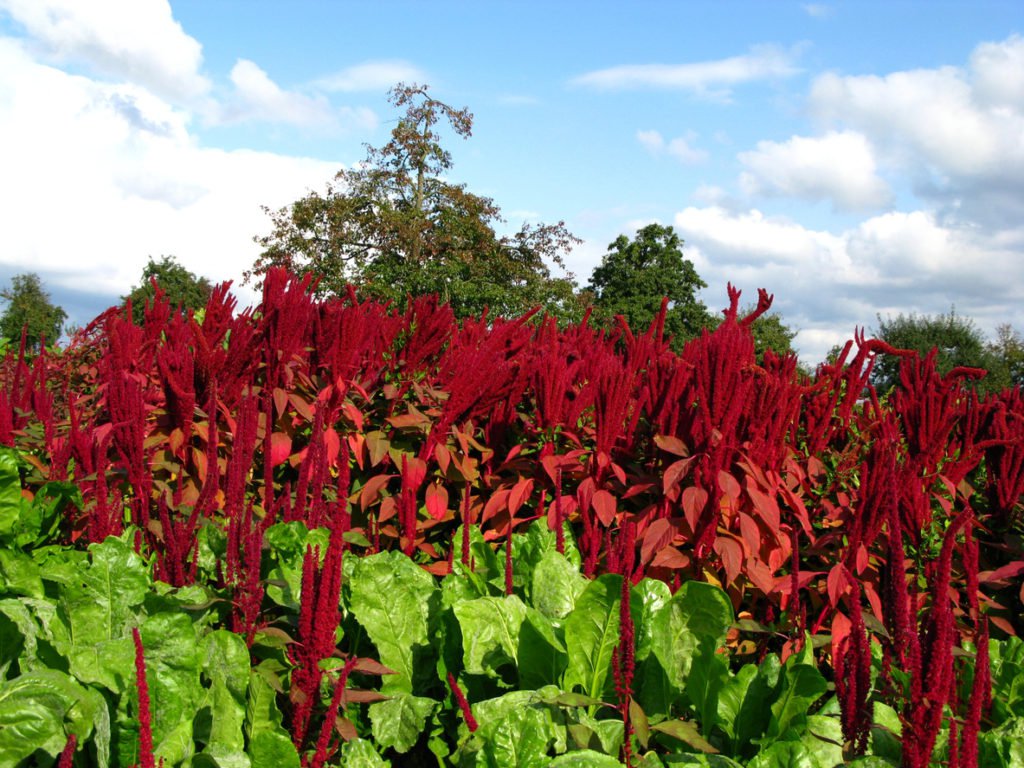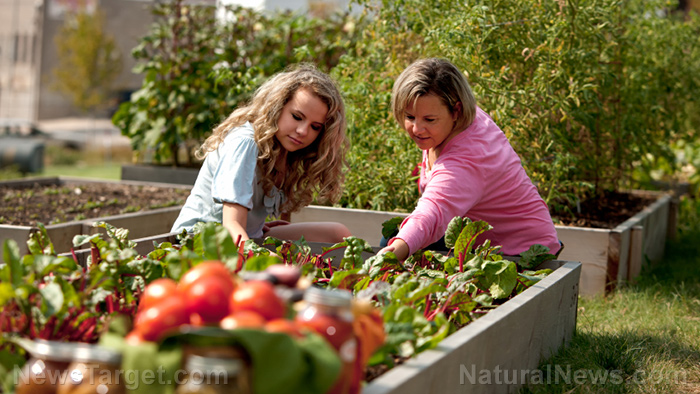How to grow, use and store amaranth, the fiber-rich superfood
03/25/2020 / By Darnel Fernandez

When it comes to survival grains, many people would usually look toward corn and wheat for long-term storage. Amaranth, on the other hand, has only recently gained popularity as a health food despite being used for centuries in Central American cultures. This ancient powerhouse of nutrition is actually a group of 60 different varieties of pseudocereal – meaning that it’s not technically a cereal grain like wheat and oats – that boasts a set of vitamins and nutrients, enough to classify it as a superfood. If you’re looking for something different to grow and store for your survival needs, here’s everything you need to know about amaranth. (h/t to AskAPrepper.com)
Everything you need to know about amaranth
Growing your own amaranth can be an interesting endeavor because the plant itself is native to the southern U.S. states and even further south beyond the border. This means that amaranth is a hardy plant against hot summers, even withstanding droughts. Amaranth is also less recognizable than other grains for a distance, making it less likely for people to ransack your fields for food.
If you prefer, you can even start planting amaranth indoors to save space in your garden for different perennial plants. Amaranth isn’t a particularly wide and bushy plant so you can get away with very tight plantings, even if you’re planting outdoors. All you need to do is sow the seeds directly into the soil, leaving about 10 to 18 inches of spacing between the plants. However, because of amaranth’s preference to heat, the plant doesn’t fare well in the cold. Before planting, ensure that frost wouldn’t develop.
How to use amaranth
Unlike other types of popular grains, you can actually use amaranth in a variety of ways – as a flour, as whole grains and as a green vegetable.
The most common way to use amaranth is as a grain. In most situations, you’ll use amaranth grain in a porridge. The simplest way to make amaranth grain porridge is by using a cup of amaranth grains and three cups of water. Bring the water to a boil before pouring in your grains. Cover the pot and let it simmer for about thirty minutes before dressing up the porridge however you desire.
When talking about a pseudocereal, most wouldn’t really think about using the leaves for anything. In the case of amaranth, however, the leafy greens are surprisingly delicious and nutritious. In addition, they don’t get overly bitter in the summer heat unlike other types of greens. Similar to collard greens and kale, you can use amaranth greens in smoothies, salads, sandwiches or even steam, grill and sautee them with a variety of other ingredients to add a stronger nutritional punch. (Related: 7 Reasons to start adding Amaranth greens to your diet.)
If you happen to have a grinder, you can turn your amaranth grain into flour. This can be an excellent substitute for regular flour due to its high protein content and fantastic nutritional profile. Even if you don’t have a grinder on hand, a couple of bricks can get the job done.
Amaranth flour can be used just like any type of flour. Because of this, learning how to catch your own yeast can make bread an easily attainable food instead of something you need to go to the store to buy. Further, you can even make meals like amaranth pancakes for a nutritional boost to start your day.
Storing amaranth for survival
You can store amaranth in several ways. One of the best methods is through canning, especially for the greens. After stewing up the greens, you can keep them in cans to preserve them for longer. You can even can up flour mixes for future use as well. Another method for storing amaranth is by using five-gallon buckets, which is particularly useful for storing amaranth grains. For this method, you would need mylar bags – typically 1-gallon in size – and O2 absorbers. Lastly, you can even freeze all parts of the amaranth plant. While this isn’t the most favorable means to store your food, it can still help preserve all your amaranth for later use.
Learn more about survival superfoods similar to amaranth at EmergencyFood.news.
Sources include:
Tagged Under: amaranth, food collapse, Food storage, food supply, home gardening, homesteading, preparedness, prepping, survival, survival food
RECENT NEWS & ARTICLES
EmergencyFood.News is a fact-based public education website published by Emergency Food News Features, LLC.
All content copyright © 2018 by Emergency Food News Features, LLC.
Contact Us with Tips or Corrections
All trademarks, registered trademarks and servicemarks mentioned on this site are the property of their respective owners.



















